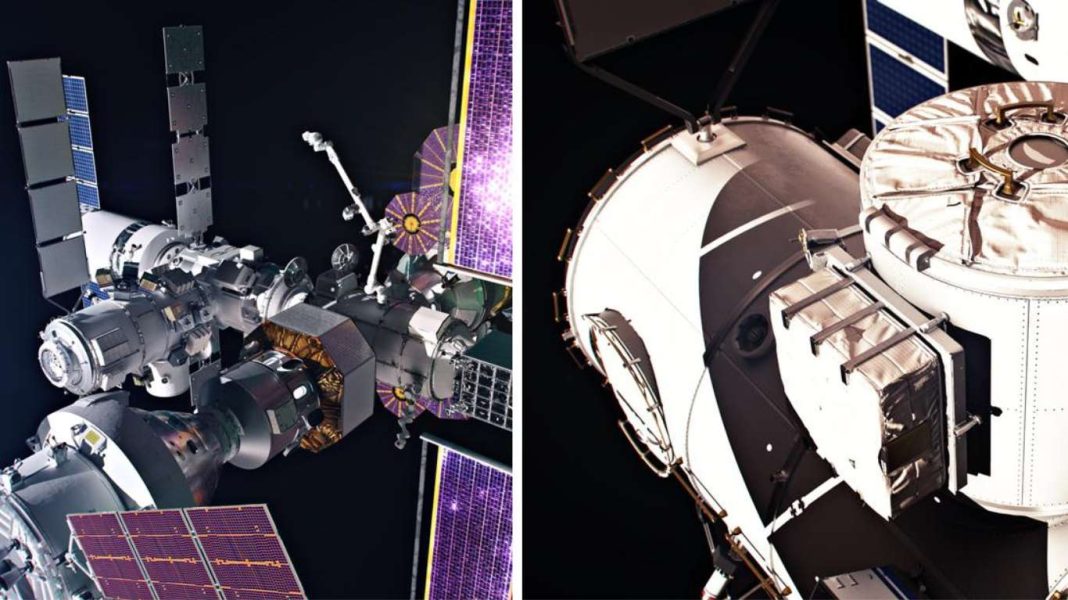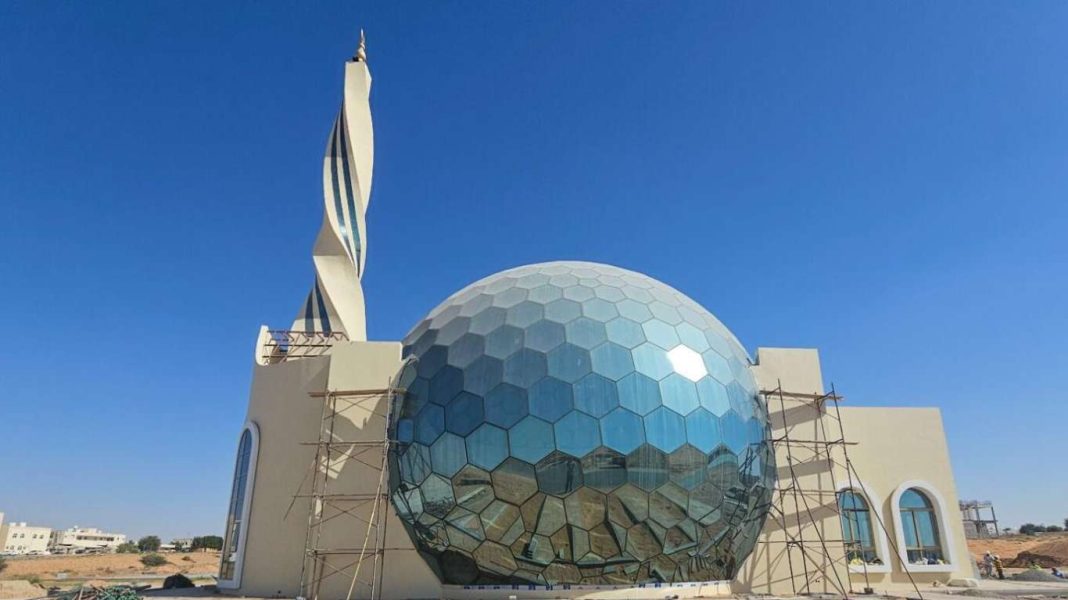NASA and the Mohammed bin Rashid Space Centre (MBRSC) of the United Arab Emirates (UAE) have announced plans for MBRSC to provide an airlock for Gateway, humanity’s first space station that will orbit the Moon.
Under a new implementing arrangement expanding their human spaceflight collaboration with NASA through Gateway, MBRSC will provide Gateway’s Crew and Science Airlock module, as well as a UAE astronaut to fly to the lunar space station on a future Artemis mission.
In addition to operating the airlock, MBRSC will also provide engineering support for the life of the lunar space station. The airlock will allow crew and science research transfers to and from the habitable environment of Gateway’s pressurized crew modules to the vacuum of space.
These transfers will support broader science in the deep space environment, as well as Gateway maintenance. Gateway will support sustained exploration and research in deep space and provide a home for astronauts to live and work, including a staging point for lunar surface missions and an opportunity to conduct spacewalks while orbiting the Moon.
Speaking on the partnership, US Vice President Kamala Harris said, “Today’s announcement and partnership between the United States and United Arab Emirates advances this important work. By combining our resources, scientific capacity, and technical skill, the U.S. and UAE will further our collective vision for space and ensure it presents extraordinary opportunities for everyone here on Earth.”
Likewise, NASA Administrator Bill Nelson added, “The UAE’s provision of the airlock to Gateway will allow astronauts to conduct groundbreaking science in deep space and prepare to one day send humanity to Mars.”
Salem Al Marri, Director General of the Mohammed Bin Rashid Space Centre (MBRSC) explains the airlock acts as a pivotal point for missions to the lunar surface and presents opportunities for astronauts to conduct spacewalks while orbiting the Moon.
“Astronauts will utilize it for accessing and departing from the station, as well as for docking various spacecraft when they arrive. Additionally, it serves as an entry point for extravehicular activities (EVAs), similar to Sultan’s (astronaut Sultan Al Neyadi) work at the ISS,” he added.
He elaborates that while the ISS has multiple airlocks the Gateway will have only ‘one’ airlock. “This will be ‘that’ airlock. So, any activities outside of the station, science activities that’ll be assigned, will be conducted from the UAE airlock.”




